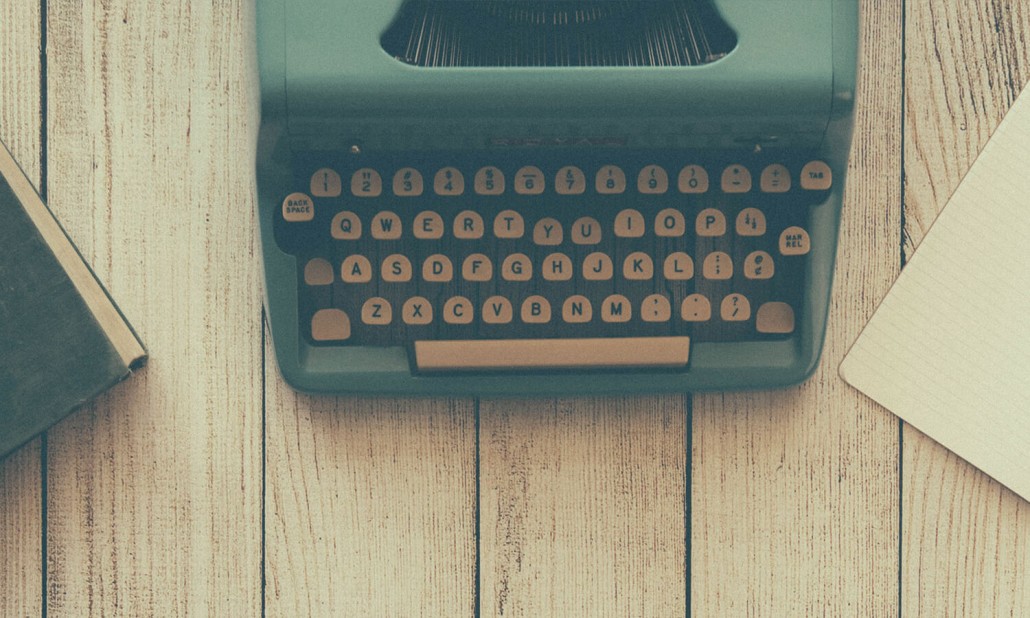The December issue of The Atlantic just went online a few days ago, and it’s already landed in my inbox a half a dozen times. The senders know me as a mental health advocate, a radio host and the author of a new book called ‘All the Things We Never Knew, Chasing the Chaos of Mental Illness.’
The title of the article, ‘The Silicon Valley Suicides,’ strikes me both professionally and personally.
http://http://www.theatlantic.com/magazine/archive/2015/12/the-silicon-valley-suicides/413140/
My daughter and I are suicide survivors. She is also a freshman at Stanford University.
Yes, I’m concerned. I’m also hopeful.
The Atlantic article talks about an issue widely discussed in Silicon Valley circles, but not so much in the public at large,–why are some of the world’s brightest students committing suicide? Palo Alto has had two high school suicide clusters since 2009, and the rate of anxiety and depression among high-achieving students is alarmingly high.
Palo Alto is not a community that ignores a problem as serious as teen suicide. In fact, community response has been swift; the CDC is helping assess local suicide risk factors, national and local experts advise on the science of suicidality, and the community has refined youth well-being programs. After criticism from students about the pressure to succeed, local high schools have reduced academic and performance pressure and convened “Project Safety Net, coordinating the work of public and private organizations focused on teen wellbeing.
I applaud every effort. And, I’d add this. I don’t believe we’ll “engineer” our way out of this problem without first acknowledging that suicide is a crisis of mind, body, and spirit. If I’ve learned anything in the ten years since my husband died by suicide, it is this: Suicide is the best and the last choice of the sufferer, and any attempt by survivors to answer “why” is frustrating and incomplete.
My husband told his doctors he compensated for his depressions for twenty-five years. Before his first episode of mania, he never spoke of having a mental health problem because his family viewed it as a weakness of self. As I read the profiles of the Palo Alto teens who have died by suicide, I recognize similar traits: high intellect, extreme sensitivity, a feeling of isolation and loneliness. And impulsivity. David never seemed to develop an eye to his divinity, or what some may call self-love. He suffered from a great deal of self-loathing, and the ultimate diagnosis of a mental illness was a radical personal affront to his view of himself. Science, engineering, and technology all focus on the realm of the knowable. I often wonder if David might be alive if he’d been willing to spend more time pondering the unknowable, the mystics, or the divine.
In a decade of research and writing on mental health, I’ve never found someone bold enough to say, “Here’s why people die by suicide.” Each new circumstance challenges the last. But this much seems reasonable: in our development of self, anyone whose identity is undermined by radical personal or cultural change is at risk to suicide. Adolescents and young adults, now living at hyper speed and undergoing radical change, seem to be at higher risk than ever. The very students we thought were destined to be our best and brightest are calling out for help. A big part of their lives, or at least the part that allows us to feel a connection to one another, has gone missing.
We must embrace our humanness and the parts of us that may not be viewed “successful” by an outside world. Fellow writer and Portlander Cheryl Strayed described it as developing the qualities people talk about at your funeral, not the achievements listed on your Linked In profile. We must teach our kids that the qualities of vulnerability, empathy, resilience and compassion are far more important to health and happiness than their SAT score. Mindfulness training is one way to get there. So is prayer. And learning from failure.
If we’re talking about how to solve a serious problem, we may want to develop the app for sitting still, for breathing, and for allowing a spiritual connection to take root. There isn’t an award or accolades given for seeking, but it may hold the biggest reward of all. I’m coming to Palo Alto December 4th to talk about mindfulness and mental health. I welcome your comments and suggestions. www.SheilaHamilton.com
